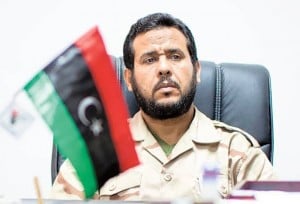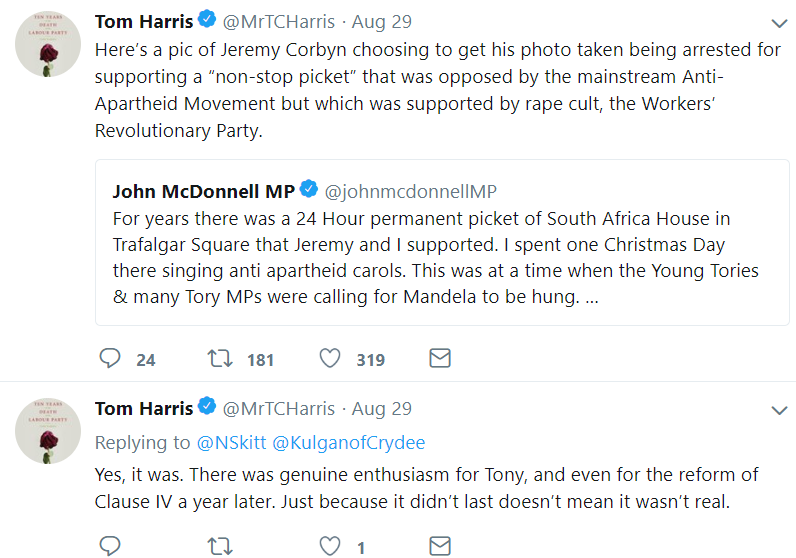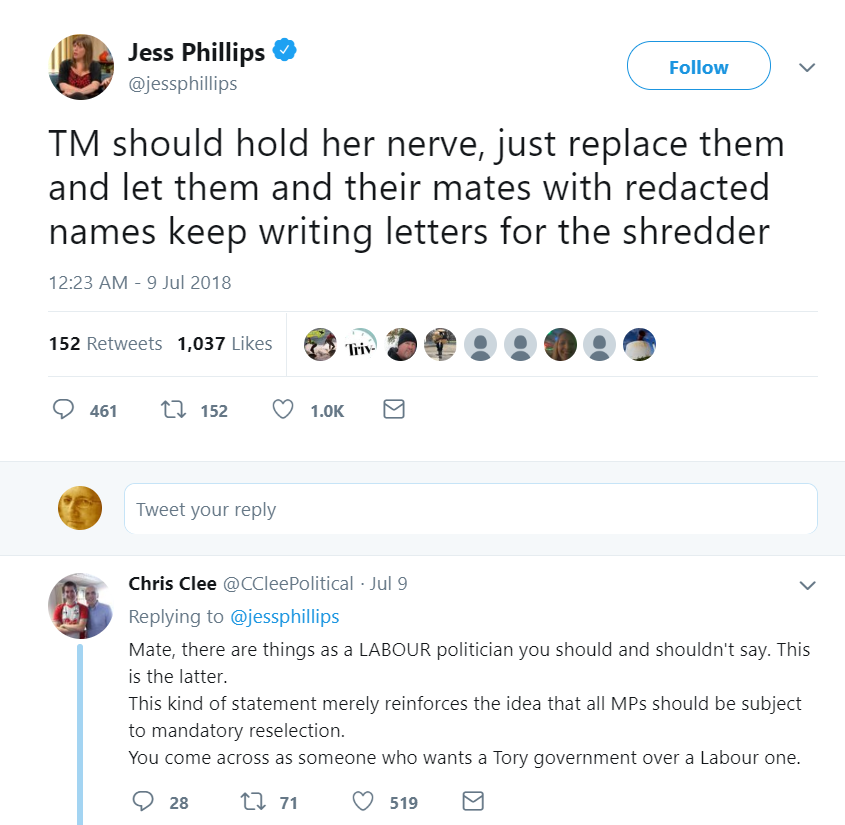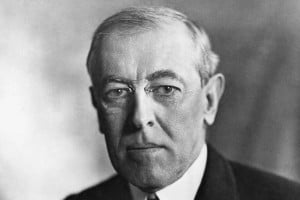Note to readers: please click the share buttons above
Just after September 11th 2001, many governments began investigations into possible insider trading related to the terrorist attacks of that day. Such investigations were initiated by the governments of Belgium, Cyprus, France, Germany, Italy, Japan, Luxembourg, Monte Carlo, the Netherlands, Switzerland, the United States, and others. Although the investigators were clearly concerned about insider trading, and considerable evidence did exist, none of the investigations resulted in a single indictment. That’s because the people identified as having been involved in the suspicious trades were seen as unlikely to have been associated with those alleged to have committed the 9/11 crimes.
This is an example of the circular logic often used by those who created the official explanations for 9/11. The reasoning goes like this: if we assume that we know who the perpetrators were (i.e. the popular version of “al Qaeda”) and those who were involved in the trades did not appear to be connected to those assumed perpetrators, then insider trading did not occur.
That’s basically what the 9/11 Commission told us. The Commission concluded that “exhaustive investigations” by the SEC and the FBI “uncovered no evidence that anyone with advance knowledge of the attacks profited through securities transactions.” What they meant was that someone did profit through securities transactions but, based on the Commission’s assumptions of guilt, those who profited were not associated with those who were guilty of conducting the attacks. In a footnote, the Commission report acknowledged “highly suspicious trading on its face,” but said that this trading on United Airlines was traced back to “A single U.S.-based institutional investor with no conceivable ties to al Qaeda.”[1]
With respect to insider trading, or what is more technically called informed trading, the Commission report was itself suspect for several reasons. First, the informed trades relating to 9/11 covered far more than just airline company stock. The stocks of financial and reinsurance companies, as well as other financial vehicles, were identified as being associated with suspicious trades. Huge credit card transactions, completed just before the attacks, were also involved. The Commission ultimately tried to frame all of this highly suspicious trading in terms of a series of misunderstandings. However, the possibility that so many leading financial experts were so completely wrong is doubtful at best and, if true, would constitute another unbelievable scenario in the already highly improbable sequence of events represented by the official story of 9/11.
In the last few years, new evidence has come to light on these matters. In 2006 and 2010, financial experts at a number of universities have established new evidence, through statistical analyses, that informed trades did occur with respect to the 9/11 attacks. Additionally, in 2007, the 911 Commission released a memorandum summary of the FBI investigations on which its report was based.[2] A careful review of this memorandum indicates that some of the people who were briefly investigated by the FBI, and then acquitted without due diligence, had links to al Qaeda and to US intelligence agencies. Although the elapsed time between the informed trades and these new confirmations might prevent legal action against the guilty, the facts of the matter can help lead us to the truth about 9/11.
Early signs
Within a week of the attacks, Germany’s stock market regulator, BAWe, began looking into claims of suspicious trading.[3] That same week, Italy’s foreign minister, Antonio Martino, made it clear that he had concerns by issuing this public statement:
“I think that there are terrorist states and organisations behind speculation on the international markets.”[4]
Within two weeks of the attacks, CNN reported that regulators were seeing “ever-clearer signs” that someone “manipulated financial markets ahead of the terror attack in the hope of profiting from it.” Belgian Finance Minister, Didier Reynders, said that there were strong suspicions that British markets were used for transactions.[5] The CIA was reported to have asked the British regulators to investigate some of the trades.[6] Unfortunately, the British regulator, The Financial Services Authority, wrote off its investigation by simply clearing “bin Laden and his henchmen of insider trading.”[7]
Conversely, German central bank president, Ernst Welteke, said his bank conducted a study that strongly indicated “terrorism insider trading” associated with 9/11. He stated that his researchers had found “almost irrefutable proof of insider trading.”[8] Welteke suggested that the insider trading occurred not only in shares of companies affected by the attacks, such as airlines and insurance companies, but also in gold and oil. [9]
The extent of the 9/11-related informed trading was unprecedented. An ABC News Consultant, Jonathan Winer, said,
“it’s absolutely unprecedented to see cases of insider trading covering the entire world from Japan to the US to North America to Europe.”[10]
By October 2001, the Chicago Board Options Exchange (CBOE) and the four other options exchanges in the US had joined forces with the FBI and the Securities and Exchange Commission (SEC) to investigate a list of 38 stocks, as well as multiple options and Treasury bonds, that were flagged in relation to potential informed trades. SEC Chairman Harvey Pitt gave testimony to the House Financial Services Committee at the time, saying,
“We will do everything in our power to track those people down and bring them to justice.”[11]
Mary Bender, chief regulatory officer at the CBOE, stated
“We’ve never really had anything like this, [the option exchanges are] using the same investigative tools as we would in an insider-trading case. The point is to find people who are connected to these heinous crimes.”
The people ultimately found included an unnamed customer of Deutsche Bank Alex. Brown (DBAB). This involved a trade on United Airlines (UAL) stock consisting of a 2,500-contract order that was, for some reason, split into chunks of 500 contracts each and then directed to multiple exchanges around the country simultaneously.[12] When the 9/11 Commission report pointed to a “single U.S.-based institutional investor with no conceivable ties to al Qaeda,” it was referring to either DBAB or its customer in that questionable trade.

The late Michael Ruppert had written about DBAB, noting that the company had previously been a financier of The Carlyle Group and also of Brown Brothers Harriman, both of which are companies closely related to the Bush family. Ruppert also noted that Alex. Brown, the company purchased by Deutsche Bank to become DBAB, was managed by A.B. (Buzzy) Krongard, who left the firm in 1998 to join the CIA as counsel to director George Tenet.[13] Krongard had been a consultant to CIA director James Woolsey in the mid 1990s and, on September 11th, he was the Executive Director of the CIA, the third highest position in the agency.
Stock and Treasury bonds traded
In 2002, investigator Kyle Hence wrote about the stocks involved in the SEC’s target list. Those that had the highest examples of trade volume over the average were UAL [285 times over average], Marsh & McLennan (Marsh) [93 times over average], American Airlines (AMR) [60 times over average], and Citigroup [45 times over average].[14] Other stocks flagged included financial firms, defense-related companies, and the reinsurance firms Munich Re, Swiss Re and the AXA Group. Put options for these reinsurance firms, or bets that the stock would drop, were placed at double the normal levels in the few days before the attacks. Regulators were concerned about “large block trades” on these stocks because the three firms were liable for billions in insurance payouts due to the damage inflicted on 9/11.[15]
The four highest-volume suspect stocks — UAL, Marsh, AMR and Citigroup — were closely linked to the attacks of 9/11. The two airline companies each had two planes hijacked and destroyed. Marsh was located in the exact 8 floors out of 110 in the north tower of the WTC where Flight 11 impacted and the fires occurred. Citigroup was the parent of Travelers Insurance, which was expected to see $500 million in claims, and also Salomon Smith Barney, which occupied all but ten floors in World Trade Center (WTC) building 7. Oddly enough, Salomon Smith Barney had both Donald Rumsfeld and Dick Cheney on its advisory board until January 2001.
Marsh occupied a number of floors in the south tower as well. This is where the office of Marsh executive, L. Paul Bremer, was located. Bremer was a former managing director at Kissinger Associates and had just completed leading a national terrorism commission in 2000. The San Francisco Chronicle noted that Bremer was a source of early claims that rich Arabs were financing Osama bin Laden’s terrorist network. In an article on the 9/11 informed trades, the Chronicle reported that
“The former chairman of the State Department’s National Commission on Terrorism, L. Paul Bremer, said he obtained classified government analyses early last year of bin Laden’s finances confirming the assistance of affluent Middle Easterners.”[16]
On the day of 9/11, Bremer was interviewed by NBC News and stated that he believed Osama bin Laden was responsible and that possibly Iraq and Iran were involved too, and he called for the most severe military response possible. For unknown reasons, Google removed the interview video from its servers three times, and blocked it once.[17]
The trading of Treasury bonds just before 9/11 was also flagged as being suspicious. Reporters from The Wall street Journal wrote that the
“U.S. Secret Service contacted a number of bond traders regarding large purchases of five-year Treasury notes before the attacks, according to people familiar with the probe. The investigators, acting on a tip from traders, are examining whether terrorists, or people affiliated with terrorist organizations, bought five-year notes, including a single $5 billion trade.”[18]
Some reports claimed that the 9/11 informed trades were such that millions of dollars were made, and some of that went unclaimed. [19] Others suggested that the trades resulted in the winning of billions of dollars in profits. One such suggestion was made by the former German Minister of Technology, Andreas von Buelow, who said that the value of the informed trades was on the order of $15 billion.[20]
The FBI Investigations
In May 2007, a 9/11 Commission document that summarized the FBI investigations into potential 9/11-related informed trading was declassified. [21] This document was redacted to remove the names of two FBI agents from the New York office, and to remove the names of select suspects in the informed trading investigations. The names of other FBI agents and suspects were left in. Regardless, some information can be gleaned from the document to help reveal the trades and traders investigated.
On September 21, 2001, the SEC referred two specific transactions to the FBI for criminal investigation as potential informed trades. One of those trades was a September 6, 2001 purchase of 56,000 shares of a company called Stratesec, which in the few years before 9/11 was a security contractor for several of the facilities that were compromised on 9/11. These facilities included the WTC buildings, Dulles airport, where American Airlines Flight 77 took off, and also United Airlines, which owned two of the other three ill-fated planes.
The affected 56,000 shares of Stratesec stock were purchased by a director of the company, Wirt D. Walker III, and his wife Sally Walker. This is clear from the memorandum generated to record the FBI summary of the trades investigated.[22] The Stratesec stock that the Walkers purchased doubled in value in the one trading day between September 11th and when the stock market reopened on September 17th. The Commission memorandum suggests that the trade generated a profit of $50,000 for the Walkers. Unfortunately, the FBI did not interview either of the Walkers and they were both cleared of any wrongdoing because they were said to have “no ties to terrorism or other negative information.” [23]
However, Wirt Walker was connected to people who had connections to al Qaeda. For example, Stratesec director James Abrahamson was the business partner of Mansoor Ijaz, who claimed on several occasions to be able to contact Osama bin Laden.[24] Additionally, Walker hired a number of Stratesec employees away from a subsidiary of The Carlyle Group called BDM International, which ran secret (black) projects for government agencies. The Carlyle Group was partly financed by members of the bin Laden family.[25] Mr. Walker ran a number of suspicious companies that went bankrupt, including Stratesec, some of which were underwritten by a company run by a first cousin of former CIA director (and President) George H.W. Bush. Additionally, Walker was the child of a CIA employee and his first job was at an investment firm run by former US intelligence guru, James “Russ” Forgan, where he worked with another former CIA director, William Casey.[26] Of course, Osama bin Laden had links to the CIA as well.[27]
Another trade investigated by the FBI, on request from the SEC, focused on Amir Ibrahim Elgindy, an Egyptian-born, San Diego stock advisor who on the day before 9/11 had allegedly attempted to liquidate $300,000 in assets through his broker at Salomon Smith Barney. During the attempted liquidation, Elgindy was said to have “predicted that the Dow Jones industrial average, which at the time stood at about 9,600, would soon crash to below 3,000.”[28]
The 9/11 Commission memorandum suggests that the FBI never interviewed Mr. Elgindy either, and had planned to exonerate him because there was “no evidence he was seeking to establish a position whereby he would profit from the terrorist attacks.” Apparently, the prediction of a precipitous drop in the stock market, centered on the events of 9/11, was not sufficient cause for the FBI to interview the suspect.
In late May 2002, Elgindy was arrested along with four others, including an FBI agent and a former FBI agent, and charged with conspiracy to manipulate stock prices and extort money from companies. The FBI agents, Jeffrey A Royer and Lynn Wingate, were said to have “used their access to F.B.I. databases to monitor the progress of the criminal investigation against Mr. Elgindy.”[29] A federal prosecutor later accused Elgindy, who also went by several aliases, of having prior knowledge of the 9/11 attacks. Although the judge in that case did not agree with the prosecutor on the 9/11 informed trading accusation, Mr. Elgindy was eventually convicted, in 2005, of multiple crimes including racketeering, securities fraud, and making false statements.
The Boston office of the FBI investigated stock trades related to two companies. The first was Viisage Technologies, a facial recognition company that stood to benefit from an increase in terrorism legislation. The Viisage purchase, made by a former employee of the Saudi American Bank, “revealed no connection with 9/11.” However, the Saudi American Bank was named in a lawsuit brought by the 9/11 victims’ families due to the bank having — “financed development projects in Sudan benefiting bin Laden in the early 1990s.”[30]
The second company investigated by the Boston FBI office was Wellington Management, a company that allegedly held a large account for Osama bin Laden. The FBI found that Wellington Management maintained an account for “members of the bin Laden family” but dropped the investigation because it could not link this to “Osama, al Qaeda, or terrorism.”[31]
Although the connections to al Qaeda in three of these cases (Walker, the Viisage trader, and Wellington Management) can be seen as circumstantial, the amount of such evidence is considerable. The quality of the FBI investigations, considering the suspects were not even interviewed, was therefore much less than “exhaustive”, as the 9/11 Commission characterized it.
The summary of FBI investigations released by the 9/11 Commission also described how the Commission questioned the FBI about damaged computer hard drives that might have been recovered from the WTC. This questioning was the result of “press reports [contending] that large volumes of suspicious transactions flowed through the computers housed in the WTC on the morning of 9/11 as part of some illicit but ill-defined effort to profit from the attacks.”[32] The Commission came to the conclusion that no such activity occurred because “the assembled agents expressed no knowledge of the reported hard-drive recovery effort” and “everything at the WTC was pulverized to near powder, making it extremely unlikely that any hard-drives survived.”
The truth, however, is that many such hard-drives were recovered from the WTC and were sent to specialist companies to be cleaned and have data recovered. A German company named Convar did a good deal of the recovery work.
In December 2001, Reuters reported that
“Convar has recovered information from 32 computers that support assumptions of dirty doomsday dealings.”
Richard Wagner, a data retrieval expert at Convar, testified that
“There is a suspicion that some people had advance knowledge of the approximate time of the plane crashes in order to move out amounts exceeding $100 million. They thought that the records of their transactions could not be traced after the main frames were destroyed.”
Director of Convar, Peter Henschel, said that it was “not only the volume, but the size of the transactions [that] was far higher than usual for a day like that.”[33]
By late December 2001, Convar had completed processing 39 out of 81 drives, and expected to receive 20 more WTC hard drives the next month. Obviously, the 911 Commission memorandum drafted in August 2003 was not particularly reliable considering it reported that the FBI and the 911 Commission had no knowledge of any of this.
Statistical confirmations
Considering that the FBI and 9/11 Commission overlooked the suspicious connections of informed trading suspects like Wirt Walker, and also claimed in 2003 to have no knowledge of hard drive recoveries publicly reported in 2001, we must assume that they did a poor job of investigating. Today, however, we know that several peer-reviewed academic papers have reported solid evidence that informed trades did occur. That is, the conclusions reached by the official investigations have now been shown, through scientific analysis, to be quite wrong.
In 2006, a professor of Finance from the University of Illinois named Allen Poteshman published an analysis of the airline stock option trades preceding the attacks. This study came to the conclusion that an indicator of long put volume was “unusually high which is consistent with informed investors having traded in the option market in advance of the attacks.”[34] Long puts are bets that a stock or option will fall in price.
The unusually high volume of long puts, purchased on UAL and AMR stock before these stocks declined dramatically due to the 9/11 attacks, are evidence that the traders knew that the stocks would decline. Using statistical techniques to evaluate conditional and unconditional distributions of historical stock option activity, Professor Poteshman showed that the data indicate that informed trading did occur.
In January 2010, a team of financial experts from Switzerland published evidence for at least thirteen informed trades in which the investors appeared to have had foreknowledge of the attacks. This study focused again on a limited number of companies but, of those, the informed trades centered on five airline companies and four financial companies. The airline companies were American Airlines, United Airlines and Boeing. Three of the financial companies involved were located in the WTC towers and the fourth was Citigroup, which stood to lose doubly as the parent of both Travelers Insurance and the WTC 7 tenant, Salomon Smith Barney.[35]
More recently, in April 2010, an international team of experts examined trading activities of options on the Standard & Poors 500 index, as well as a volatility index of the CBOE called VIX. These researchers showed that there was a significant abnormal increase in trading volume in the option market just before the 9/11 attacks, and they demonstrated that this was in contrast to the absence of abnormal trading volume over periods long before the attacks. The study also showed that the relevant abnormal increase in trading volume was not simply due to a declining market.[36] Their findings were “consistent with insiders anticipating the 9-11 attacks.”
Conclusion
In the early days just after 9/11, financial regulators around the world gave testimony to unprecedented evidence for informed trading related to the terrorist attacks of that day. One central bank president (Welteke) said there was irrefutable proof of such trading. This evidence led US regulators to vow, in Congressional testimony, to bring those responsible to justice. Those vows were not fulfilled, as the people in charge of the investigations let the suspects off the hook by conducting weak inquiries and concluding that informed trading could not have occurred if it was not done directly by Osama bin Laden or al Qaeda.

The “exhaustive investigations” conducted by the FBI, on which the 9/11 Commission report was based, were clearly bogus. The FBI did not interview the suspects and did not appear to compare notes with the 9/11 Commission to help make a determination if any of the people being investigated might have had ties to al Qaeda. The Commission’s memorandum summary suggests that the FBI simply made decisions on its own regarding the possible connections of the suspects and the alleged terrorist organizations. Those unilateral decisions were not appropriate, as at least three of the suspected informed trades (those of Walker, the Viisage trader, and Wellington Management) involved reasonably suspicious links to Osama bin Laden or his family. Another suspect (Elgindy) was a soon-to-be convicted criminal who had direct links to FBI employees who were later arrested for securities-related crimes.
The FBI also claimed in August 2003 that it had no knowledge of hard drives recovered from the WTC, which were publicly reported in 2001. According to the people who retrieved the associated data, the hard drives gave evidence for “dirty doomsday dealings.”
The evidence for informed trading on 9/11 includes many financial vehicles, from stock options to Treasury bonds to credit card transactions made at the WTC just before it was destroyed. Today we know that financial experts from around the world have provided strong evidence, through established and reliable statistical techniques, that the early expert suspicions were correct, and that 9/11 informed trading did occur.
People knew in advance about the crimes of 9/11, and they profited from that knowledge. Those people are among us today, and our families and communities are at risk of future terrorist attacks and further criminal profiteering if we do not respond to the evidence. It is time for an independent, international investigation into the informed trades and the traders who benefited from the terrorist acts of September 11th.
*
Kevin Ryan is a frequent contributor to Global Research.
This article was originally published on Foreign Policy Journal.
Notes
[1] National Commission on the Terrorist Attacks Upon the United States, The 9/11 Commission Report, July 2004, p 172, and Chapter 5, footnote 130, http://govinfo.library.unt.edu/911/report/911Report.pdf
[2] 9/11 Commission memorandum entitled “FBI Briefing on Trading”, prepared by Doug Greenburg, 18 August 2003, http://media.nara.gov/9-11/MFR/t-0148-911MFR-00269.pdf
[3] Dave Carpenter, Exchange examines odd jump: Before attack: Many put options of hijacked planes’ parent companies purchased , The Associated Press, 18 September 2001, http://911research.wtc7.net/cache/sept11/cjonline_oddjump.html
[4] BBC News, Bin Laden ‘share gains’ probe, 18 September 2001, http://news.bbc.co.uk/2/hi/business/1548118.stm
[5] Tom Bogdanowicz and Brooks Jackson, Probes into ‘suspicious’ trading, CNN, 24 September 2001, http://web.archive.org/web/20011114023845/http://fyi.cnn.com/2001/WORLD/europe/09/24/gen.europe.shortselling/
[6] James Doran, Insider Trading Apparently Based on Foreknowledge of 9/11 Attacks, The London Times, 18 September 2001, http://911research.wtc7.net/cache/sept11/londontimes_insidertrading.html
[7] David Brancaccio, Marketplace Public Radio: News Archives, 17 October 2001, http://marketplace.publicradio.org/shows/2001/10/17_mpp.html
[8] Paul Thompson and The Center for Cooperative Research, Terror Timeline: Year by Year, Day by Day, Minute by Minute: A Comprehensive Chronicle of the Road to 9/11 – and America’s Response, Harper Collins, 2004. Also found at History Commons, Complete 9/11 Timeline, Insider Trading and Other Foreknowledge http://www.historycommons.org/timeline.jsp?timeline=complete_911_timeline&before_9/11=insidertrading
[9] Associated Press, EU Searches for Suspicious Trading , 22 September 2001, http://www.foxnews.com/story/0,2933,34910,00.html
[10] World News Tonight, 20 September 2001
[11] Erin E. Arvedlund, Follow The Money: Terrorist Conspirators Could Have Profited More From Fall Of Entire Market Than Single Stocks, Barron’s (Dow Jones and Company), 6 October 2001
[12] Ibid
[13] Michael C. Ruppert, Crossing the Rubicon: the decline of the American empire at the end of the age of oil, New Society Publishers, 2004
[14] Kyle F. Hence, Massive pre-attack ‘insider trading’ offer authorities hottest trail to accomplices, Centre for Research on Globalisation (CRG), 21 April 2002, http://globalresearch.ca/articles/HEN204B.html
[15] Grant Ringshaw, Profits of doom, The London Telegraph, 23 September 2001, http://911research.wtc7.net/cache/sept11/telegraph_profitsofdoom.html
[16] Christian Berthelsen and Scott Winokur, Suspicious profits sit uncollected: Airline investors seem to be lying low, San Francisco Chronicle, 29 September 2001, http://www.sfgate.com/cgi-bin/article.cgi?file=%2Fchronicle%2Farchive%2F2001%2F09%2F29%2FMN186128.DTL#ixzz14XPGwh6e
[17] Lewis Paul Bremer III on Washington, DC, NBC4 TV, 11 September 2001, Vehmgericht http://vehme.blogspot.com/2007/08/lewis-paul-bremer-iii-on-washington-dc.html
[18] Charles Gasparino and Gregory Zuckerman, Treasury Bonds Enter Purview of U.S. Inquiry Into Attack Gains, The Wall Street Journal, 2 October 2001, http://s3.amazonaws.com/911timeline/2001/wallstreetjournal100201.html
[19] Christian Berthelsen and Scott Winokur
[20] Tagesspiegel, Former German Cabinet Minister Attacks Official Brainwashing On September 11 Issue Points at “Mad Dog” Zbig and Huntington, 13 January 2002, http://www.ratical.org/ratville/CAH/VonBuelow.html
[21] 9/11 Commission memorandum
[22] The 9/11 Commission memorandum that summarized the FBI investigations refers to the traders involved in the Stratesec purchase. From the references in the document, we can make out that the two people had the same last name and were related. This fits the description of Wirt and Sally Walker, who are known to be stock holders in Stratesec. Additionally, one (Wirt) was a director at the company, a director at a publicly traded company in Oklahoma (Aviation General), and chairman of an investment firm in Washington, DC (Kuwam Corp).
[23] 9/11 Commission memorandum
[24] Sourcewatch, Mansoor Ijaz/Sudan, http://www.sourcewatch.org/index.php?title=Mansoor_Ijaz/Sudan
[25] History Commons, Complete 911 Timeline, Bin Laden Family, http://www.historycommons.org/timeline.jsp?financing_of_al-qaeda:_a_more_detailed_look=binladenFamily&timeline=complete_911_timeline
[26] Kevin R. Ryan, The History of Wirt Dexter Walker: Russell & Co, the CIA and 9/11, 911blogger.com, 3 September 2010, http://911blogger.com/news/2010-09-03/history-wirt-dexter-walker-russell-company-cia-and-911
[27] Michael Moran, Bin Laden comes home to roost : His CIA ties are only the beginning of a woeful story, MSNBC, 24 August 1998, http://www.msnbc.msn.com/id/3340101
[28] Alex Berenson, U.S. Suggests, Without Proof, Stock Adviser Knew of 9/11, The New York Times, 25 May 2002, http://query.nytimes.com/gst/fullpage.html?res=9E06E4DB143BF936A15756C0A9649C8B63
[29] Alex Berenson, Five, Including F.B.I. Agents, Are Named In a Conspiracy, The New York Times, 23 May 2002
[30] History Commons, Complete 911 Timeline, Saudi American Bank,http://www.historycommons.org/entity.jsp?entity=saudi_american_bank
[31] 9/11 Commission memorandum
[32] 9/11 Commission memorandum
[33] Erik Kirschbaum, German Firm Probes Final World Trade Center Deals, Reuters, 16 December 2001, http://911research.wtc7.net/cache/sept11/reuters_wtc_drives.html
[34] Allen M. Poteshman, Unusual Option Market Activity and the Terrorist Attacks of September 11, 2001, The Journal of Business, 2006, vol. 79, no. 4, http://www.journals.uchicago.edu/doi/abs/10.1086/503645
[35] Marc Chesney, et al, Detecting Informed Trading Activities in the Options Markets, Social Sciences Research Network, 13 January 2010, http://papers.ssrn.com/sol3/papers.cfm?abstract_id=1522157
[36] Wing-Keung Wong, et al, Was there Abnormal Trading in the S&P 500 Index Options Prior to the September 11 Attacks?, Social Sciences Research Network, April 2010, http://papers.ssrn.com/sol3/papers.cfm?abstract_id=1588523


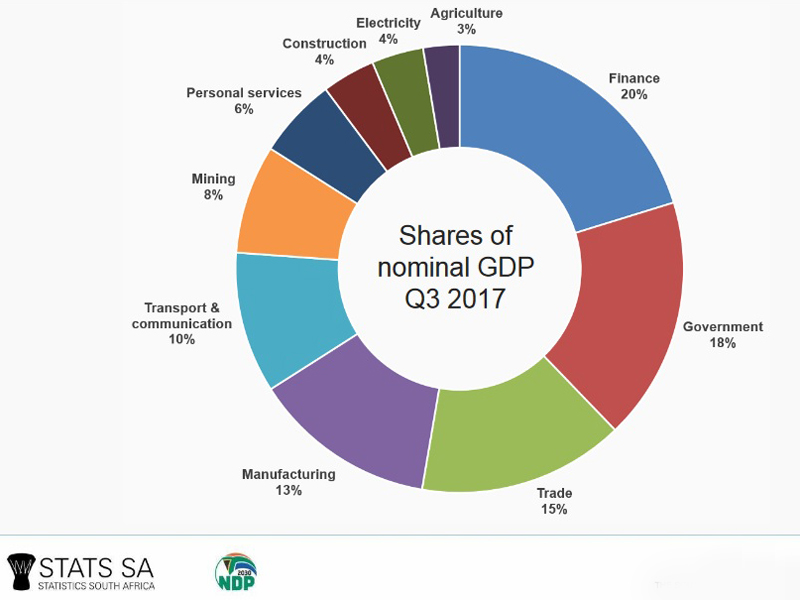

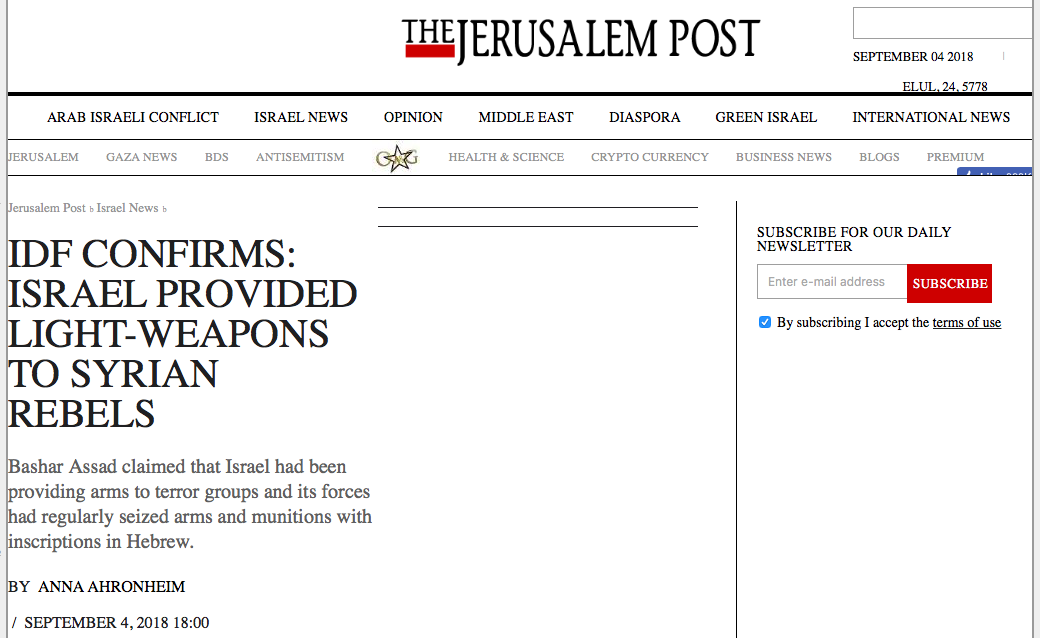
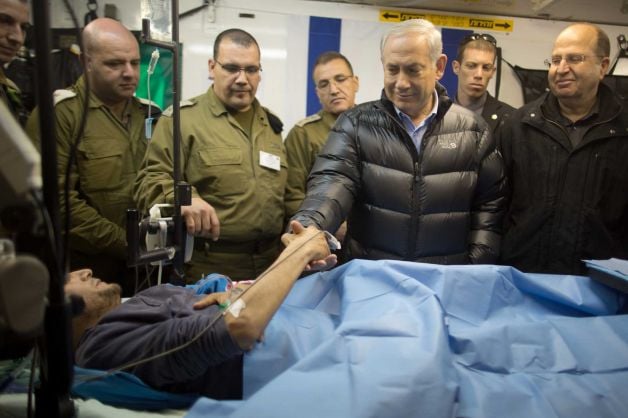



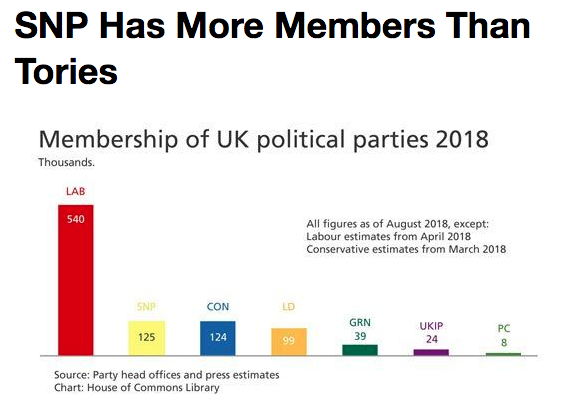

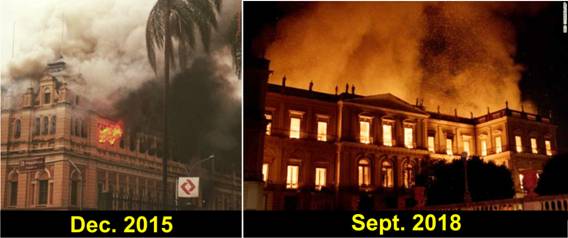








 Can you
Can you 



